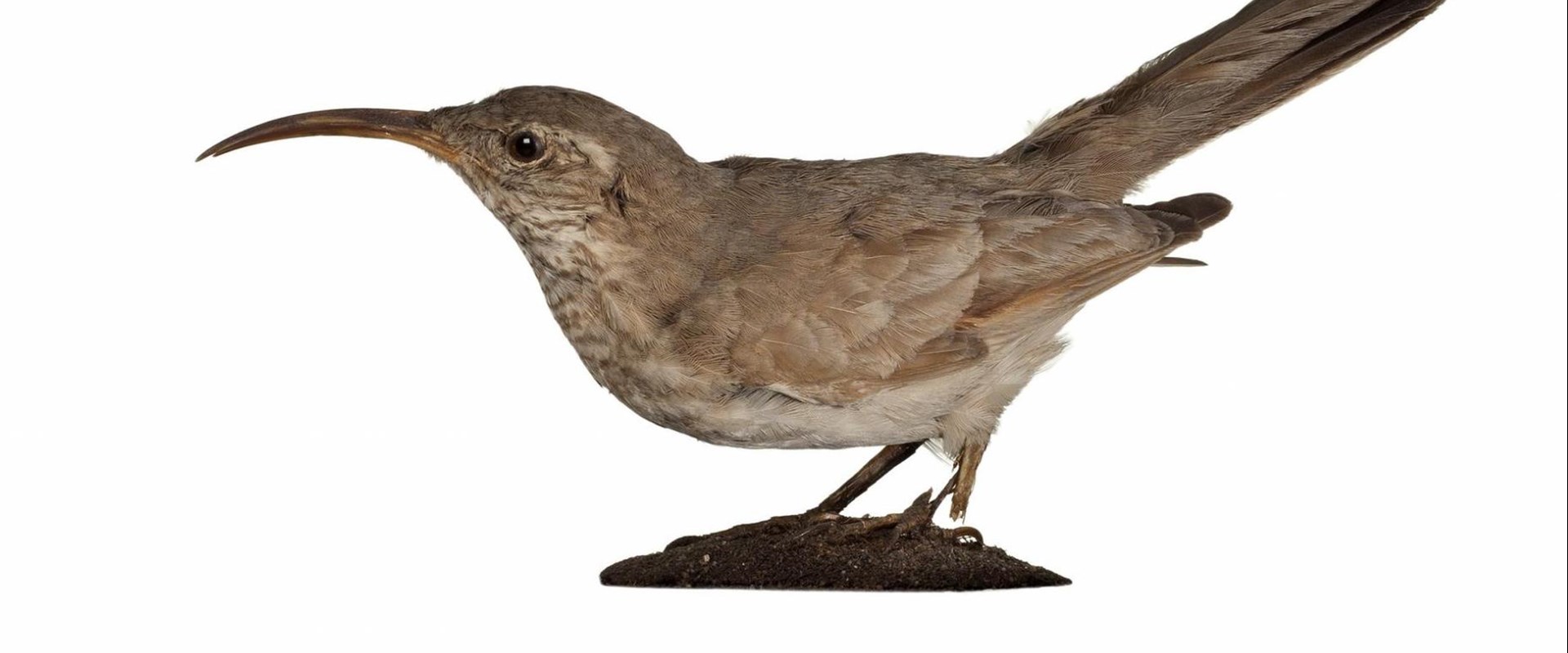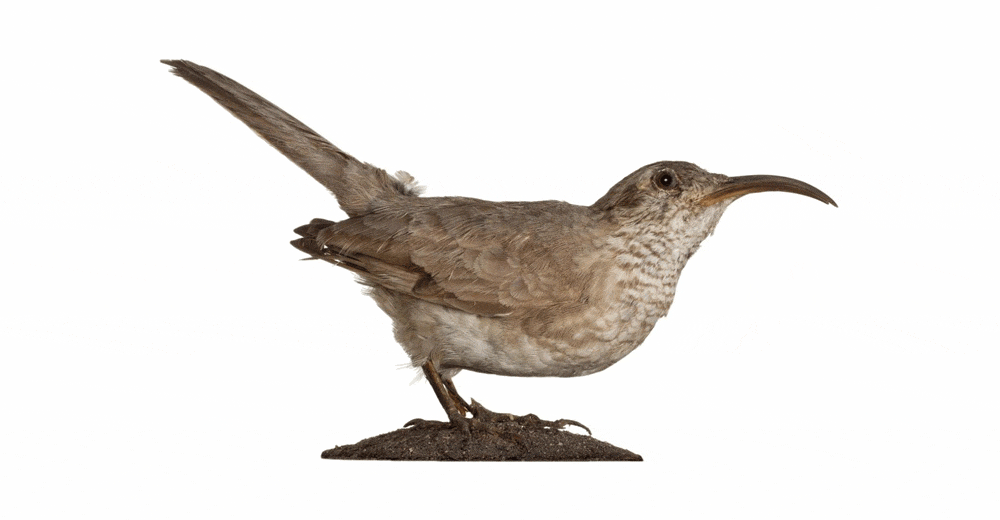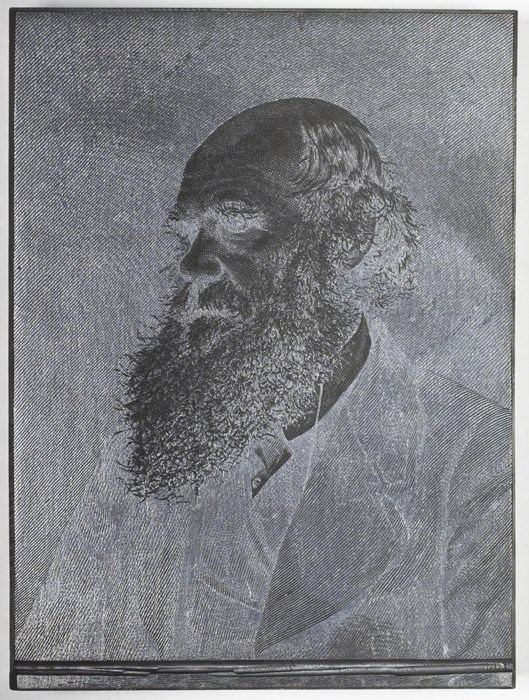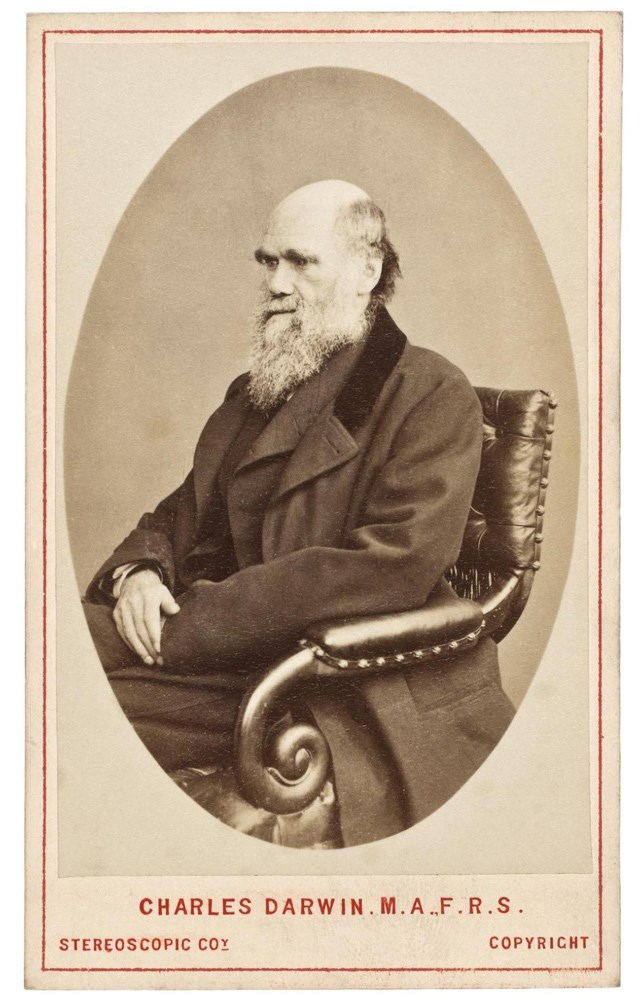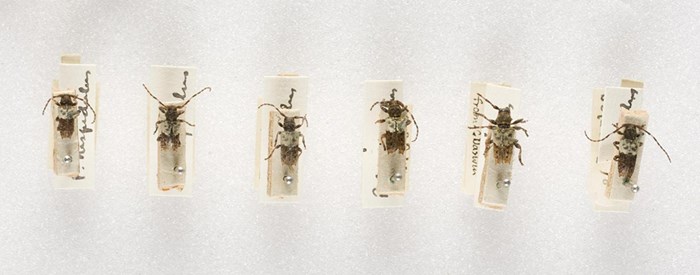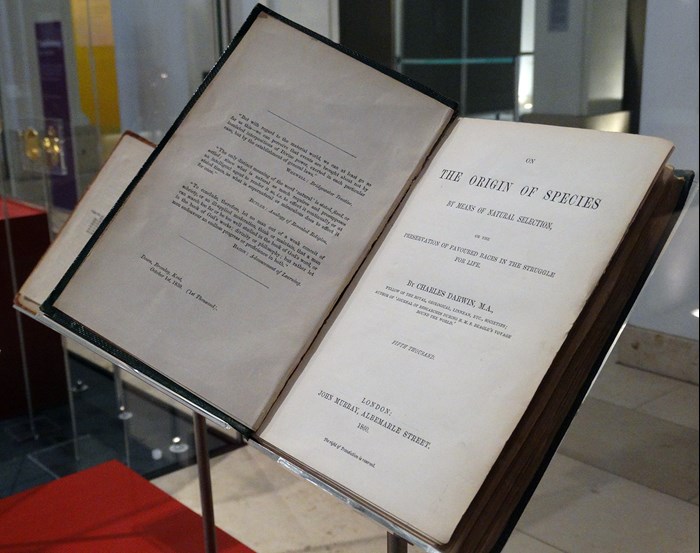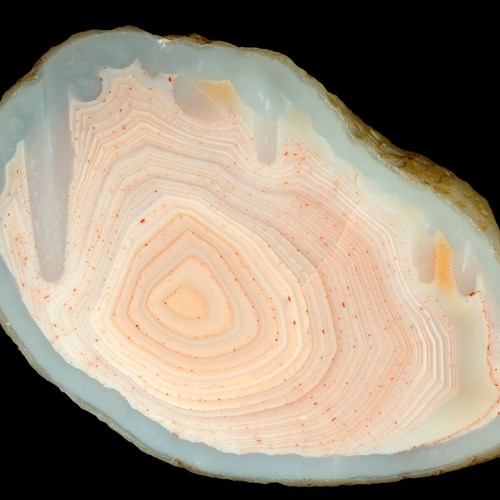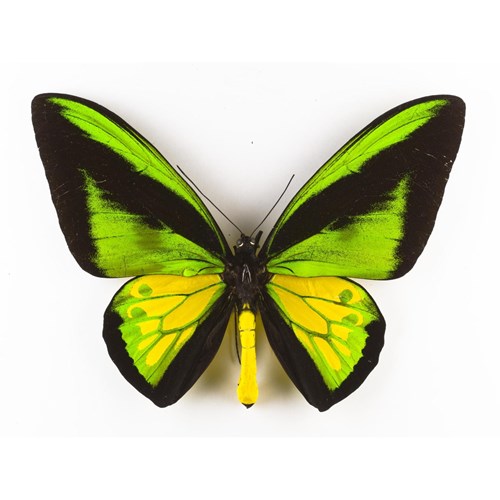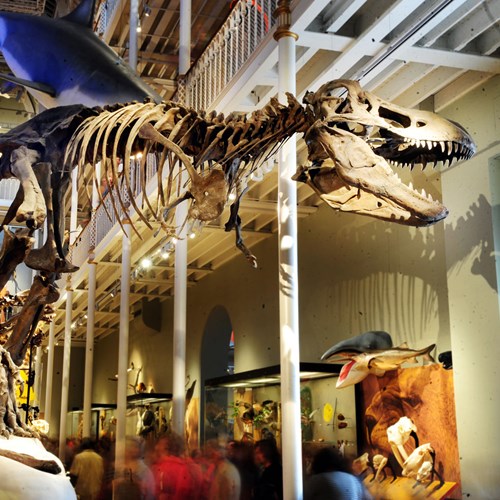Find out more
- On the Origin of Species By Means of Natural Selection by Charles Darwin, Free Ebook on Project Gutenberg
- The Voyage of the Beagle by Charles Darwin, Free ebook on Project Gutenberg
- Charles Darwin publications on Project Gutenberg
- Darwin Online website
- The HMS Beagle Project
- Charles Darwin: Evolution and the story of our species
- Charles Darwin's bird collection and ornithological knowledge during the voyage of H.M.S. "Beagle", 1831–1836

